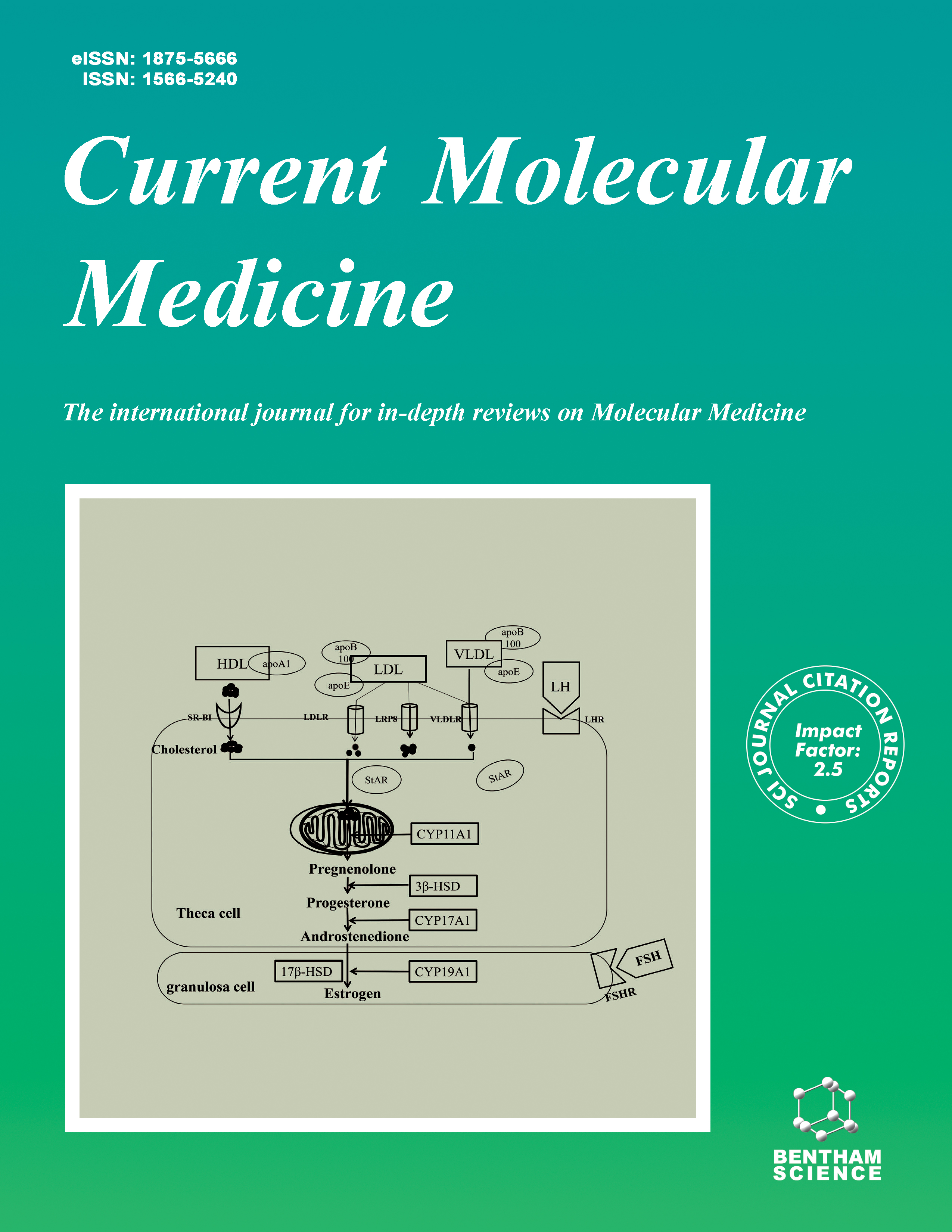
Full text loading...
We use cookies to track usage and preferences.I Understand
Heart failure (HF) is the ultimate transformation result of various cardiovascular diseases. Mitochondria-mediated cardiomyocyte apoptosis has been uncovered to be associated with this disorder.
This study mainly delves into the mechanism of the anti-arrhythmic drug amiodarone on mitochondrial toxicity of cardiomyocytes.
The viability of H9c2 cells treated with amiodarone at 0.5, 1, 2, 3, and 4 μM was determined by 3-(4,5-dimethylthiazol-2-yl)-2,5-diphenyltetrazolium bromide (MTT) assay, and Sigmar1 expression was examined by quantitative real-time PCR (qRT-PCR). After transfection, the viability, apoptosis, reactive oxygen species (ROS) level, mitochondrial membrane potential (MMP), and potassium voltage-gated channel subfamily H member 2 (KCNH2) expression in H9c2 cells were assessed by MTT, flow cytometry, ROS assay kit, mitochondria staining kit, and Western blot.
Amiodarone at 1-4 μM notably weakened H9c2 cell viability with IC50 value of 2.62 ± 0.43 μM. Amiodarone at 0.5-4 μM also evidently suppressed the Sigmar1 level in H9c2 cells. Amiodarone repressed H9c2 cell viability and KCNH2 level and triggered apoptosis, ROS production and mitochondrial depolarization, while Sigmar1 up-regulation reversed its effects. Moreover, KCNH2 silencing neutralized the effect of Sigmar1 up-regulation on H9c2 cell viability, apoptosis, and ROS production.
Amiodarone facilitates the apoptosis of H9c2 cells by restraining Sigmar1 expression and blocking KCNH2-related potassium channels.

Article metrics loading...

Full text loading...
References


Data & Media loading...

